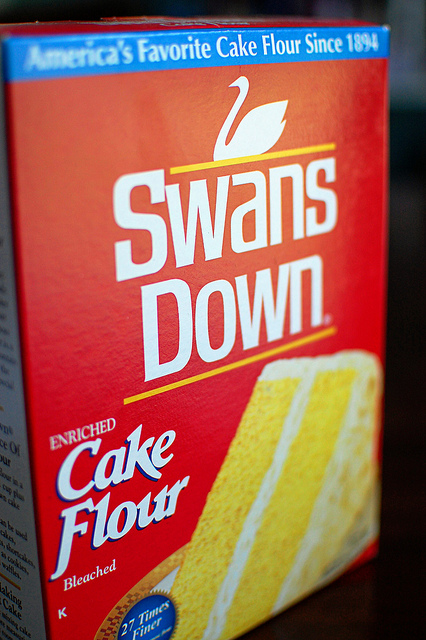Cake Flour vs All Purpose Flour
The gluten content of flour is the primary factor that differentiates cake flour from all purpose flour. Experienced chefs understand the nuances of using various types of flour in different recipes, but beginners may find it confusing. There are several types of flour available, such as bread flour, self-rising flour, and cake flour. It is important to know the difference between cake flour and all purpose flour, and whether one type can be substituted for the other.
The type of flour used in a recipe depends on the proportion of hard and soft wheat it contains. Gluten content is directly related to protein content, so knowing the protein content of a flour can help determine its gluten content. Bread flour has the highest proportion of gluten, while pastry flour has the least amount. Pastry flour is used for pie crusts that do not require rising, making it unsuitable for bread-making. All-purpose flour falls between bread flour and pastry flour, with cake flour being closer to pastry flour.
Kneading is necessary for bread flour to create great bread, as the more it is kneaded, the more the flour rises, allowing for better breads.
What is All Purpose Flour?
All purpose flour contains a higher amount of gluten and protein, with hard wheat providing a higher proportion of gluten and proteins that help make chewy cookies and bread crumbs. Soft wheat makes tender and softer cookies. As the name suggests, all-purpose flour can be used in many different types of recipes, which is why it contains both soft and hard wheat flours.
What is Cake Flour?
Cake flour has a lower amount of gluten and protein, and is used primarily for making cakes, which need to be soft and tender. Cake flour is great for creating the airy, light, and soft structure of a cake. If you don’t have cake flour but want to make a cake using all-purpose flour, you can turn the all-purpose flour into cake flour by adding two tablespoons of cornstarch to a scant cup of all-purpose flour.
Key Takeaways
- Protein and Gluten: Cake flour has a lower proportion of proteins and gluten than all-purpose flour. The exact amount of protein varies according to different brands.
- Nature of Flour: All-purpose flour is used to provide structure and a chewy taste to recipes due to its higher gluten content. Cake flour is light, soft, and airy, as cakes need to be softer.
- Substitutes: All-purpose flour can be used to make bread but is harder to make cakes with. To turn all-purpose flour into cake flour, add two tablespoons of cornstarch to a scant cup of all-purpose flour. To turn cake flour into all-purpose flour, add a few spoons of wheat gluten.
